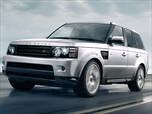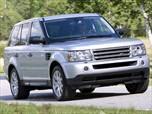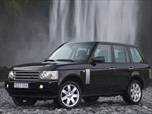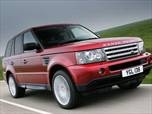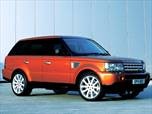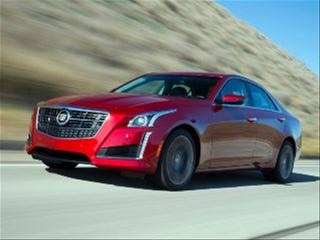- Home
- >
- Land Rover
- >
- Luxury
- >
- Range Rover Sport
Used Land Rover Range Rover Sport Luxury Vehicles
Select a Year
(9 available)Narrow year range (drag arrows to filter):
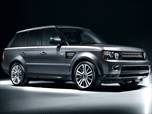
Still coming off a significant refresh for 2010, the 2012 Range Rover Sport's differences are mostly minor. New this year are a fine-tuned touch-screen navigation system with voice control, a sound system that's been upgraded to 380 watts and 14 speakers, a revised rear-seat entertainment system with wireless headphones, power open and close liftgate, plus minor grille and headlight changes. Range Rover Sport is again offered with two engine choices and in four trim levels: the base HSE, HSE with Luxury Package, Supercharged, and the top-line Autobiography edition.
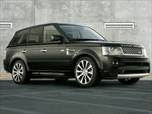
In 2010 the Range Rover Sport enjoyed a significant freshening, receiving two new 5.0-liter powerplants (normally aspirated and supercharged), along with styling updates reflective of the increased power. This year the changes are less substantive: The Extended Leather Package and contrast stitching on seats, center console and door panels are now standard on HSE Lux and Supercharged trims, a new Vision Assist Package is available, and both standard and optional audio systems have been upgraded.
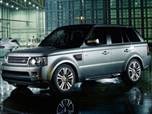
For 2010, a new 5.0-liter V8 pumping out 375 horsepower replaces last year's 4.4-liter V8, while the Supercharged model receives a 510-horsepower version of the new engine and styling updates including subtle changes to the exterior and steering wheel paddle shifters. Improvements have also been made to the Range Rover Sport's brakes, suspension and Terrain Response System.
With standout styling and an aura of exclusivity, the Range Rover Sport seems to inspire more lust than its more familiar BMW, Audi and even Porsche competitors. And with a 2014 redesign, the new model is even more deserving of that desire. Now more stylish, more capable and 800 pounds lighter, the 2014 Range Rover Sport is as distinct as ever, but improved fuel economy and an available 3rd-row seat also make it a more viable alternative to more common (but less pricy) midsize luxury SUVs like the BMW X5 and Audi Q7.


